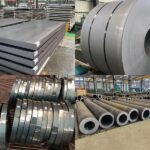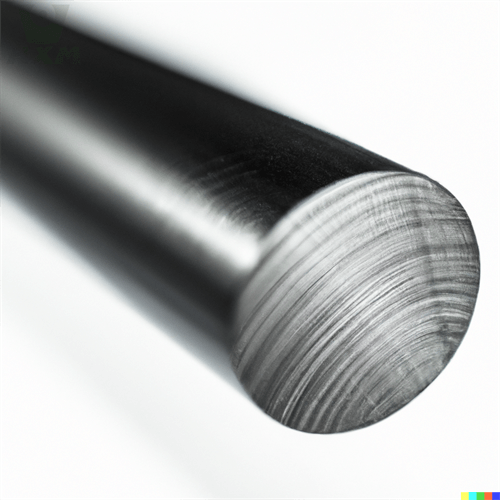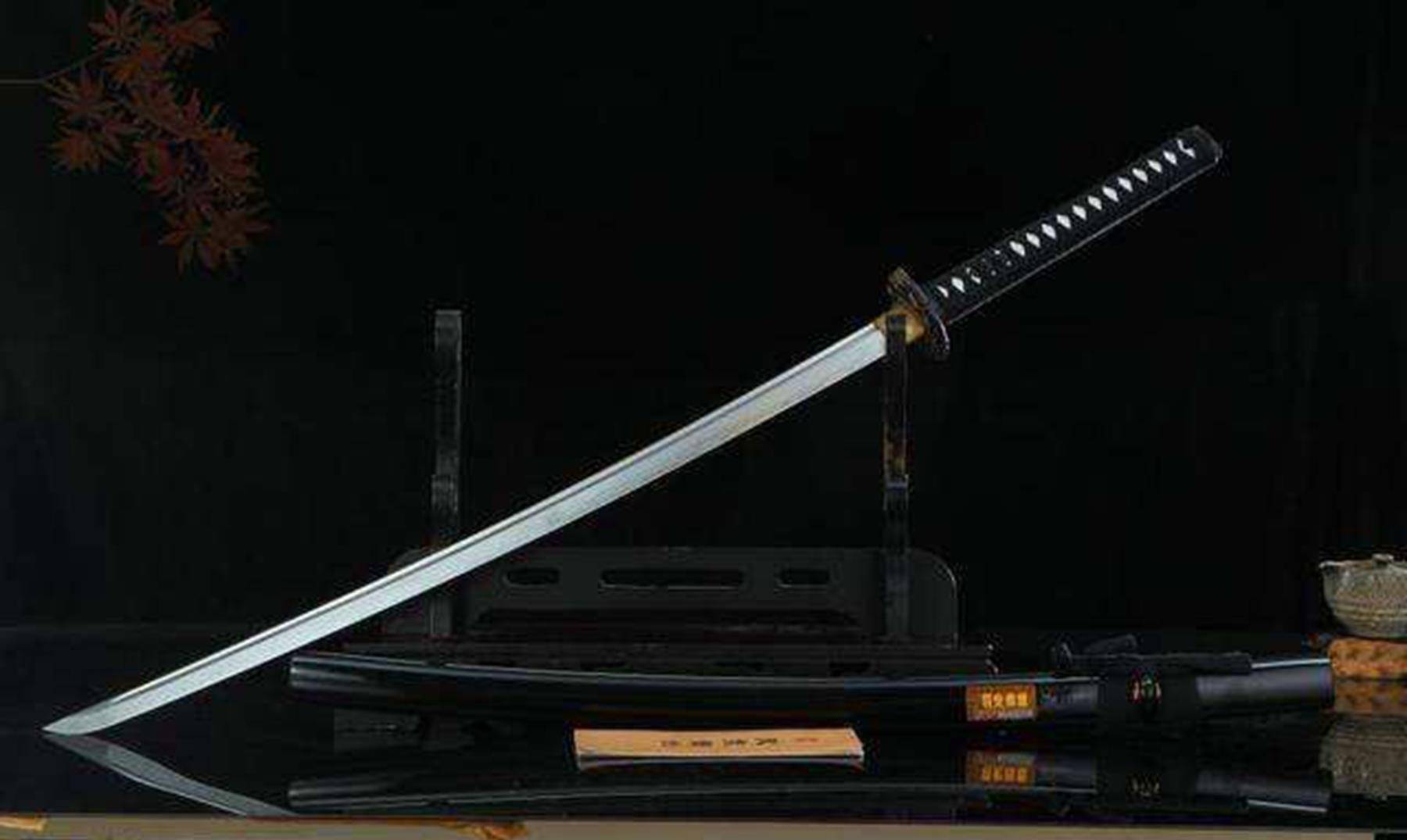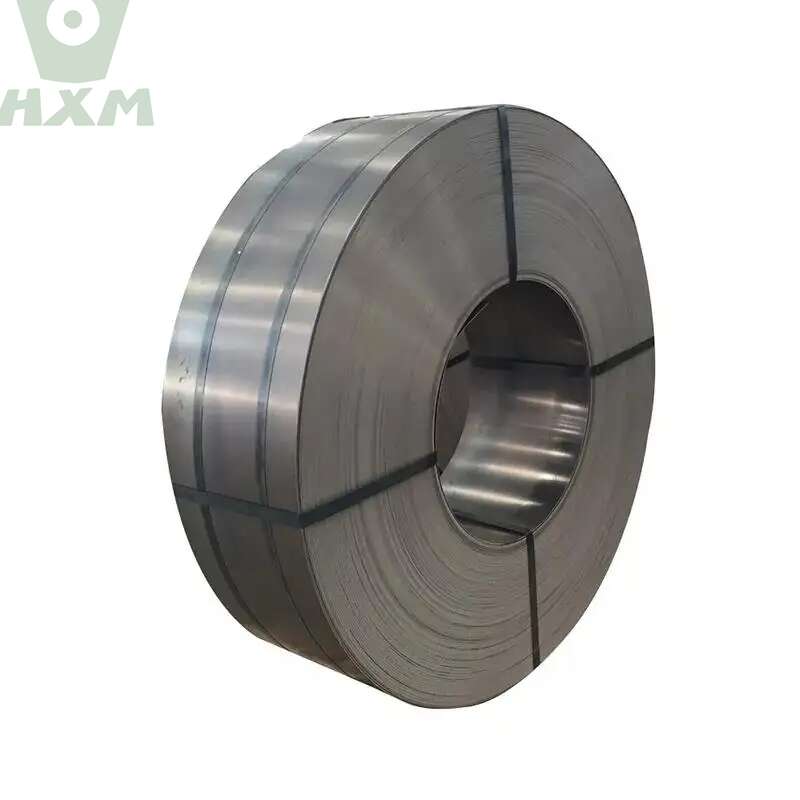Carbon steel stands as a pillar of strength and versatility in the vast world of metallurgy. Its unique combination of properties, derived primarily from the amount of carbon present, makes it suitable for a wide range of applications across various industries. In this article, we will delve into 3 types of carbon steel: low-carbon steel, medium-carbon steel, and high-carbon steel.
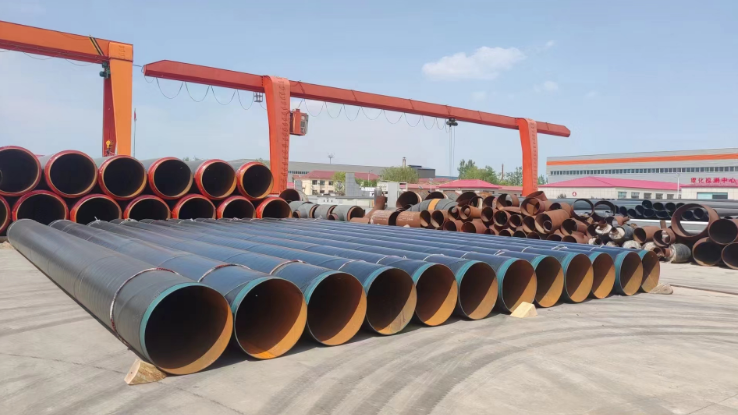
3 Types of Carbon Steel That You Need to Know About
1. Low-Carbon Steel
Low-carbon steel, also known as plain-carbon steel, is defined by its low carbon content, typically ranging from 0.05% to 0.30% by weight. This relatively small percentage of carbon allows for easier machining and welding, making it a popular choice for many applications.
Properties and Characteristics
- Machinability: The low carbon content results in softer steel, allowing for easier cutting and shaping during machining processes.
- Weldability: Low-carbon steel has excellent weldability due to its low hardenability and susceptibility to cracking.
- Strength and Ductility: While not as strong as medium or high-carbon steel, low-carbon steel offers good ductility, making it suitable for applications where flexibility is crucial.
- Corrosion Resistance: Its corrosion resistance is average, but can be improved through surface treatments like painting or galvanizing.
Applications
- Automotive Industry: Used in various components due to its good formability and weldability.
- Construction: Low-carbon steel is commonly used in structural applications such as beams, columns, and frames.
- Machine Parts: Its machinability makes it suitable for creating various machine parts and components.
2. Medium-Carbon Steel
Medium-carbon steel finds its niche in the middle of the carbon steel spectrum, with carbon content ranging from 0.30% to 0.60% by weight. This increased carbon content results in a steel with higher strength and hardness compared to low-carbon steel.
Properties and Characteristics
- Strength and Hardness: The additional carbon content gives medium-carbon steel a higher tensile strength and hardness.
- Machinability: Although not as easily machined as low-carbon steel, it can still be machined with proper tools and techniques.
- Quenchability: Medium-carbon steel is often heat-treated through quenching, a process that involves rapidly cooling the steel to enhance its hardness.
- Weldability: While weldable, medium-carbon steel requires more care and attention during welding to avoid cracking or distortion.
Applications
- Tool Steels: Used in the manufacture of tools such as drills, cutting blades, and dies due to its high hardness.
- Machine Parts: Medium-carbon steel is often used for parts that require both strength and durability.
- Structural Components: While not as commonly used as low-carbon steel in structural applications, medium-carbon steel can be found in certain high-stress environments.
3. High-Carbon Steel
High-carbon steel is characterized by its carbon content, typically ranging from 0.60% to 1.50% by weight. This high carbon content results in a steel with exceptional hardness and wear resistance, but also a reduced ductility.
Properties and Characteristics
- Hardness and Wear Resistance: High-carbon steel is renowned for its exceptional hardness and wear resistance, making it suitable for applications involving heavy wear and abrasion.
- Brittleness: The increased carbon content also leads to brittleness, reducing the steel’s ductility and toughness.
- Heat Treatment: High-carbon steel is often heat-treated to enhance its hardness and wear resistance even further.
- Machinability: Due to its hardness, high-carbon steel is more difficult to machine than low or medium-carbon steel.
Applications
- Cutting Tools: Used in the manufacture of cutting tools such as knives, scissors, and razors due to its hardness and wear resistance.
- Spring Materials: High-carbon steel’s ability to retain elasticity under stress makes it suitable for spring materials.
- Wire: Its strength and ductility, despite being reduced compared to lower-carbon steels, still allow for the production of high-strength wires.
Conclusion
In conclusion, carbon steel is a diverse material that offers a range of properties depending on its carbon content. From low-carbon steel’s excellent machinability and weldability to high-carbon steel’s exceptional hardness and wear resistance, each type finds its unique application in various industries.
Thank you for reading our article and we hope it can help you to have a better understanding of the 3 types of carbon steel. If you are looking for carbon steel suppliers and manufacturers online now, we would advise you to visit Huaxia Steel for more information.
As a leading supplier of carbon steel from Shanghai China, Huaxia Steel offers customers high-quality carbon steel, tool steel, and alloy steel at a very competitive price.


